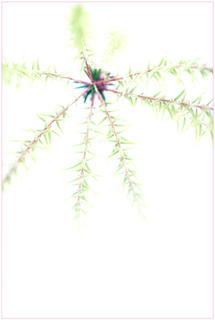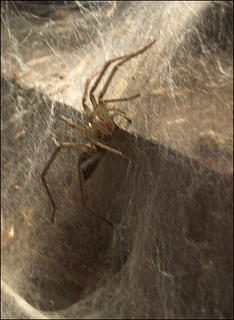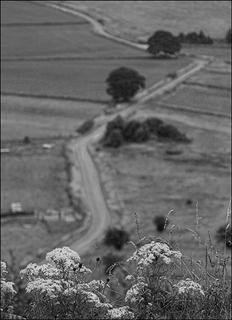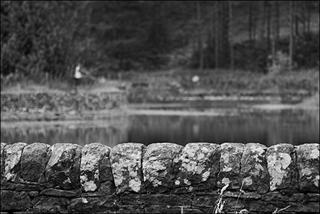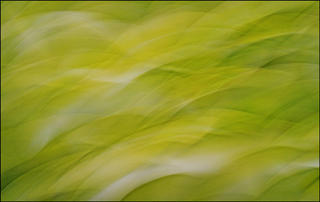More examples
Today was really about getting my entry for the 'long exposures' challenge, but its also given me the chance to continue practicing the 'experimental' images.
The first of my experiments was to put the main target on the left hand edge of the frame. I think this works because of the complementary sunflower heads which fill the rest of the image.
 The second is really an experiment for the long exposure which didn't really work too well. My objective was to use the strobe effect on the EX550 flash and to capture the formation of the 'crown' through 10 or 12 stages. Unfortunately I couldn't get the effect I wanted, and this single image is not a long exposure;-)
The second is really an experiment for the long exposure which didn't really work too well. My objective was to use the strobe effect on the EX550 flash and to capture the formation of the 'crown' through 10 or 12 stages. Unfortunately I couldn't get the effect I wanted, and this single image is not a long exposure;-)

The third is avertical pan taken in the redwoods which surround one of the lakes in the Peak District National Park. I really like the colouration in this one.
The first of my experiments was to put the main target on the left hand edge of the frame. I think this works because of the complementary sunflower heads which fill the rest of the image.
 The second is really an experiment for the long exposure which didn't really work too well. My objective was to use the strobe effect on the EX550 flash and to capture the formation of the 'crown' through 10 or 12 stages. Unfortunately I couldn't get the effect I wanted, and this single image is not a long exposure;-)
The second is really an experiment for the long exposure which didn't really work too well. My objective was to use the strobe effect on the EX550 flash and to capture the formation of the 'crown' through 10 or 12 stages. Unfortunately I couldn't get the effect I wanted, and this single image is not a long exposure;-)
The third is avertical pan taken in the redwoods which surround one of the lakes in the Peak District National Park. I really like the colouration in this one.


